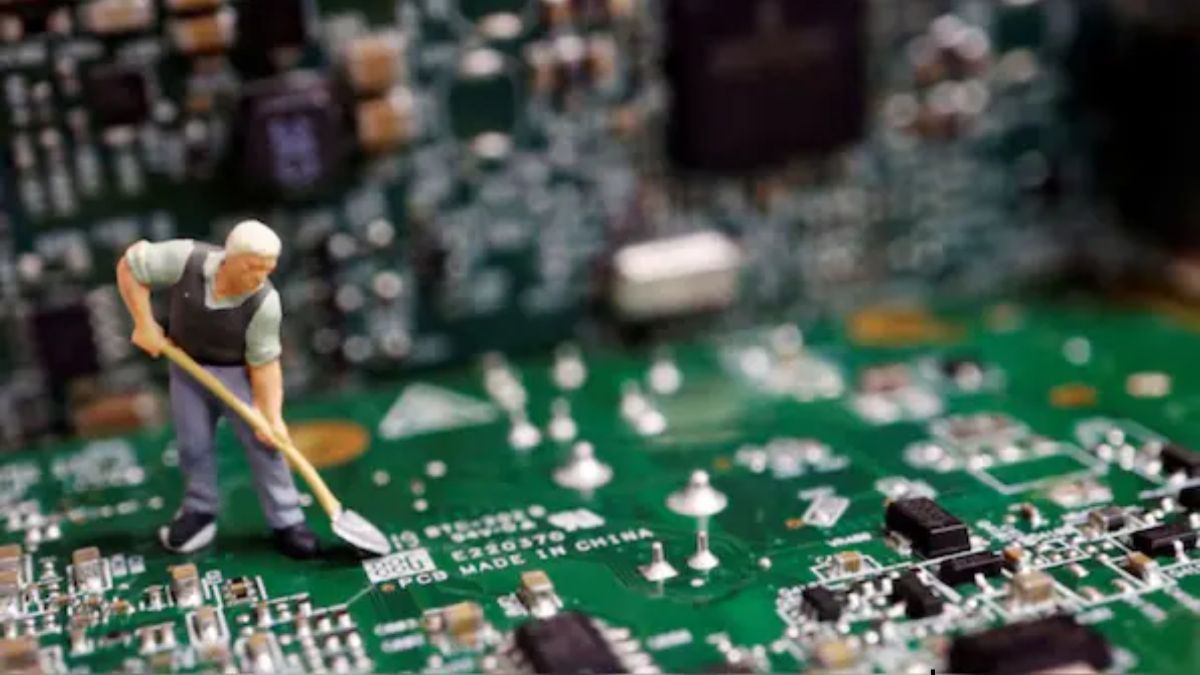Amid an escalating trade war with the West, China has emerged as the top buyer of chipmaking tools this year, according to a report.
In recent years, the United States has sought to restrict China’s access to technologies and machineries required to produce advanced semiconductors. This is part of the broader trade conflict where US President Joe Biden has sought to promote chipmaking and other manufacturing in other sectors, such as in electric vehicles (EVs) domestically amid concerns of Chinese dumping and theft of American intellectual property.
Amid such a conflict, the Semiconductor Equipment and Materials International (SEMI) has said in a report that China bought more chip-making equipment during January-July 2024 than South Korea, Taiwan, and the United States combined, according to the Nikkei Asia.
The report said this was part of China’s push to localise semiconductor supplies and mitigate the risk of further Western export restrictions — the type of which the Biden administration has imposed in recent years.
With such spending, China is now not just the biggest market for semiconductors but also the biggest investor in the field, according to the report.
The SEMI said China invested around $25 billion in the first half of the year and the total spending this year should be around $50 billion.
Impact Shorts
More ShortsAll-round chipmaking push in China
It is not just major chipmakers such as the Semiconductor Manufacturing International Corp (SMIC) that are ramping up investments, but the investments are increasing across the boards, according to SEMI.
The growing momentum is also seen in mid- and small-sized chipmakers, said Clark Tseng, SEMI’s Senior Director of Market Intelligence, to Nikkei Asia.
Tseng said, “There are at least more than 10 tier-two chipmakers that are also aggressively buying new tools, which together drives the overall China spending.”
The newspaper reported that the Chinese chipmaking industry has grown by around 20 per cent this year on the back of resurgent demand for memory chips and a jump in demand for artificial intelligence (AI)-related chips. Tseng said that 2025 will see even more growth.
“We expect to see another 20% growth in 2025, which will be another significant year for equipment spending,” said Tseng.
What’s even more remarkable is that Chinese investments have continued to rise year-on-year even as investments have fallen in South Korea, Taiwan, and North America amid a global slowdown, according to the newspaper.
)